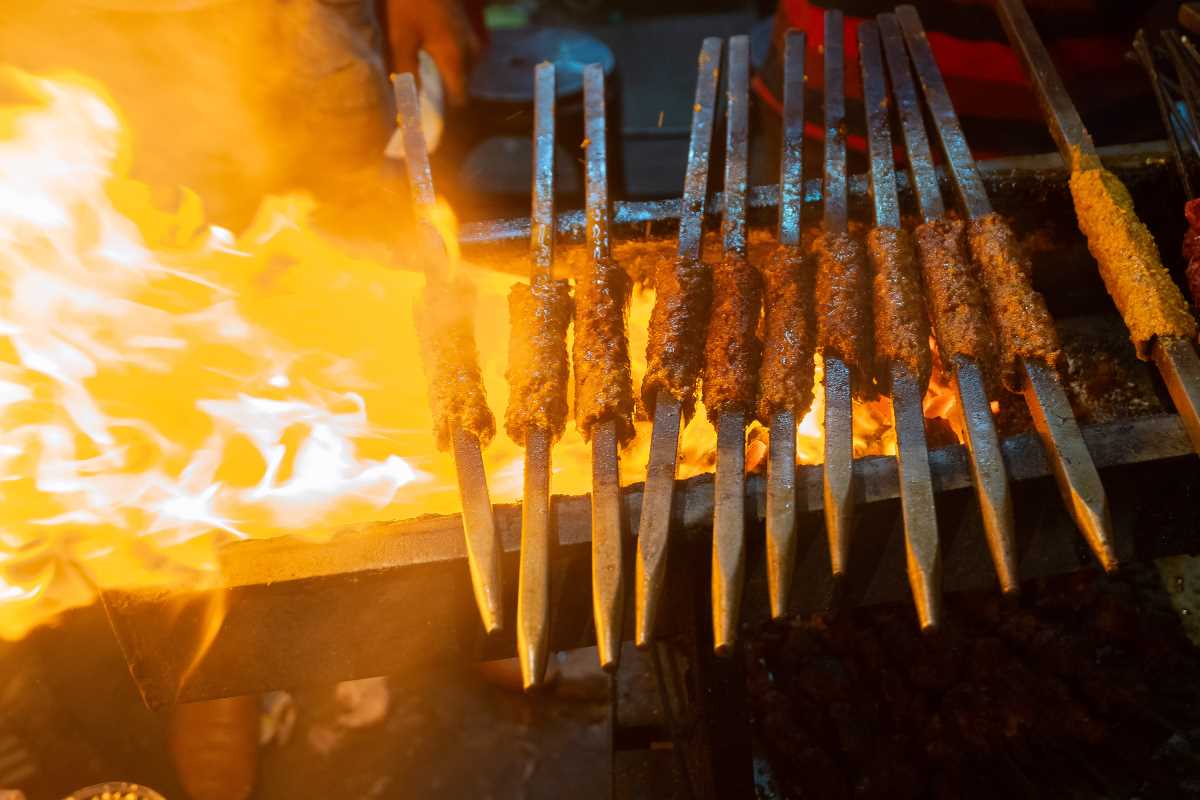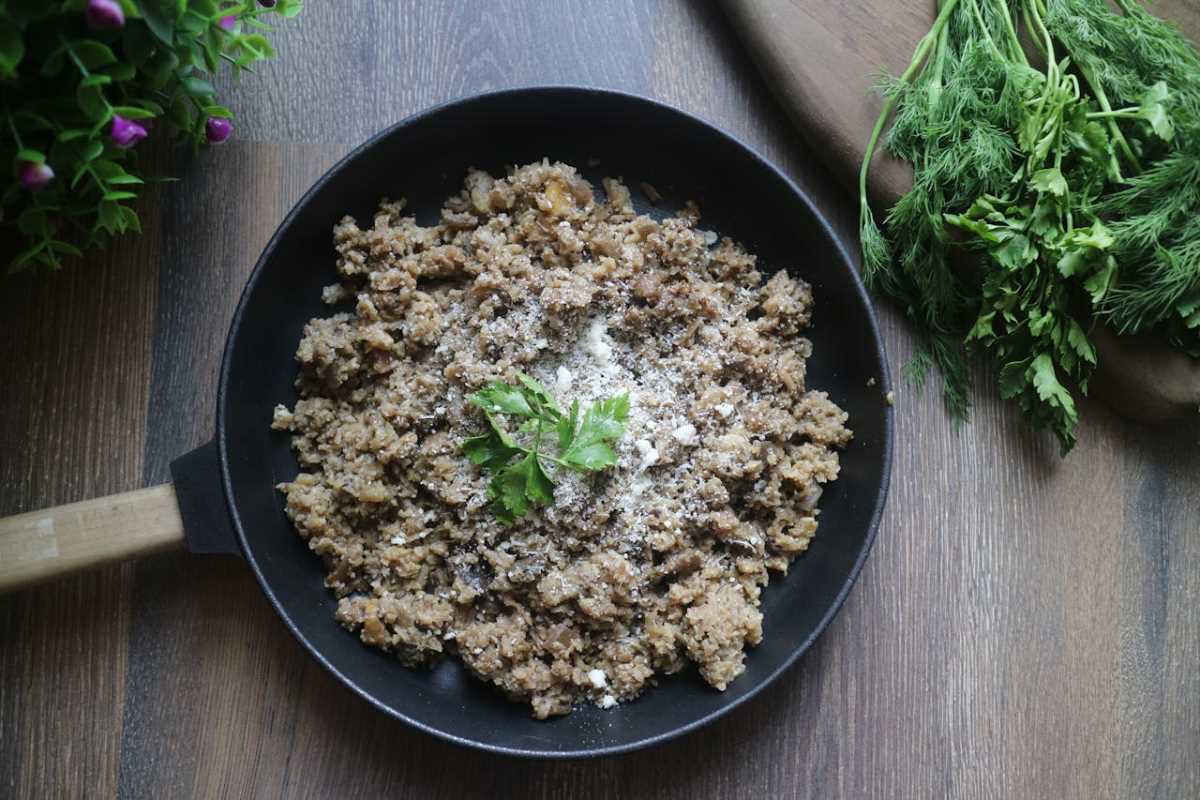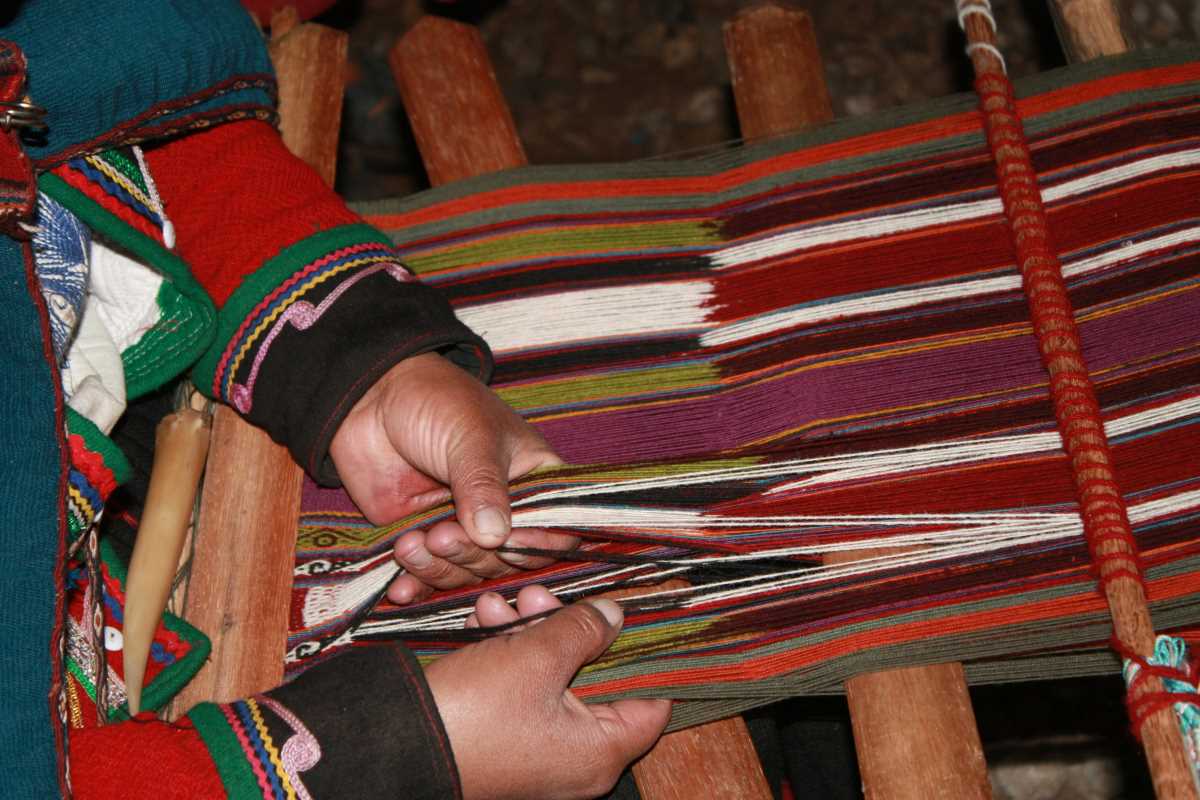Food serves as a fundamental element in shaping and expressing cultural identities, particularly within diaspora communities. It acts as a means of sustenance and a powerful symbol of heritage, tradition, and belonging. As individuals and families relocate to new environments, they maintain their culinary practices as a vital link to their origins, providing comfort and a sense of stability in unfamiliar settings.
In diaspora communities, members prepare and share traditional dishes to connect with one another, reinforcing shared values and histories. These culinary practices form a bridge between the past and the present, allowing individuals to retain a tangible connection to their cultural roots while navigating the complexities of integrating into new societies.
The Role of Food in Cultural Identity
Food plays a multifaceted role in maintaining and expressing cultural identity. It encompasses various practices that reflect the values, beliefs, and history of a community. Key cultural practices related to food include:
- Traditional Recipes: Preserving specific recipes that families pass down through generations ensures the retention of unique flavors and cooking methods.
- Festive Dishes: Certain foods remain integral to cultural celebrations and rituals, symbolizing important aspects of a community's heritage.
- Ingredient Selection: The choice of ingredients often holds cultural significance, representing the environment and resources available to the community.
- Cooking Techniques: Unique methods of preparation and cooking indicate cultural identity and are often taught within families.
- Sharing Meals: The communal aspect of eating builds a sense of unity and reinforces social bonds within the community.
Food as a Cultural Connector in Diaspora Communities
Within diaspora communities, food serves as a crucial tool for maintaining connections among members. Sharing traditional meals builds a sense of unity and continuity, allowing individuals to preserve their cultural narratives collectively. These culinary gatherings facilitate the transmission of cultural knowledge and values, especially among younger generations who might otherwise be influenced by the dominant culture of their new environment.
Restaurants and food businesses run by members of diaspora communities become centers of cultural expression and interaction. They offer a taste of home for those who have relocated and an opportunity for the wider population to engage with and appreciate diverse culinary traditions. This exchange enhances cultural understanding and promotes a multicultural society.
Challenges of Maintaining Culinary Traditions
- Ingredient Availability: Accessing authentic ingredients can be difficult in new environments, leading communities to find substitutes or adapt recipes.
- Economic Constraints: Financial limitations may restrict the ability to purchase traditional foods or invest in specialized cooking equipment.
- Generational Shifts: Younger members may prefer fusion cuisines or adopt the culinary practices of the surrounding culture, diluting traditional food practices.
- Regulatory Barriers: Import restrictions and food safety regulations can impede the availability of certain traditional foods.
- Cultural Integration Pressures: The push to assimilate into the dominant culture may discourage the maintenance of distinct culinary traditions.
Case Studies of Diaspora Communities
The Italian diaspora in the United States offers a stark example of how culinary traditions can adapt in a new environment. Italian immigrants established neighborhoods like Little Italy, where traditional Italian restaurants and markets became hubs for cultural preservation. Over time, these establishments incorporated American influences, leading to unique regional cuisines such as Chicago-style pizza and New York bagels, which reflect a blend of Italian and American food cultures.
Similarly, the Indian diaspora in the United Kingdom has significantly influenced the British culinary landscape. Indian restaurants are ubiquitous, and dishes like chicken tikka masala have become part of the national cuisine. This integration showcases how diaspora communities can both preserve their culinary heritage and contribute to the evolving food culture of their host country.
Food, Identity, and Globalization
Globalization has intensified the interplay between food and identity, facilitating the exchange and fusion of culinary traditions across the globe. It offers diaspora communities opportunities to showcase their cuisines globally while posing challenges in maintaining authenticity amid widespread adaptation. The easy availability of diverse ingredients and the popularity of international cuisines can lead to the homogenization of traditional foods, potentially eroding unique cultural identities.
Globalization also promotes greater appreciation and understanding of different cultures through their culinary practices. It enables diaspora communities to reach wider audiences, allowing for a richer, more diverse food culture. The ability to share and experience a multitude of cuisines encourages a global dialogue about cultural identity, heritage, and the evolving nature of food traditions in an interconnected world.
The relationship between food and identity in diaspora communities demonstrates the importance of culinary practices in preserving cultural heritage and building connections. As these communities navigate the challenges of maintaining their culinary traditions in new environments, they contribute to the dynamic and evolving landscape of global food culture.






.jpg)
